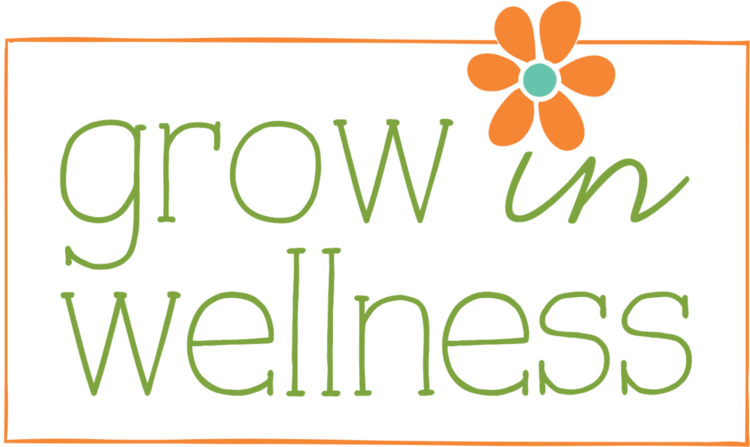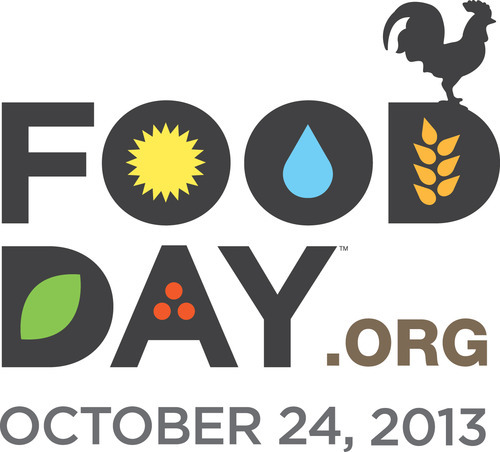A Happy, Healthy Thanksgiving

Ever since I became a Health Coach, I’ve been a little worried that someday my family will boycott Thanksgiving at my house. But they are always pleasantly surprised to find most of our well-loved family recipes, along with a few new healthier twists on old favorites. (I’ve included a new “nutritious but delicious” Thanksgiving recipe below.)
How you approach the holidays is a personal choice. For some of us, this is one of those “treat” days where we eat what we want, without guilt, knowing we’ll be back on our mindful eating path the following day. For others, particularly if you are trying to lose weight or live healthier, you certainly don’t want to start a “season of overeating.”
So here are a few of the tips I like to share this time of year:
Try Thanksgiving grazing. Load your plate with vegetables and whole grains and just a side of lean turkey. When the rest of the dishes and desserts are passed, choose one or two that you really want, but put just a spoonful of each on your plate – not an entire serving. That way you will get a taste of the holiday foods you love most, without overeating or feeling deprived. (Two foods I always skip are white potatoes and bread. What foods are you willing to skip this year?)
Try alternatives, not abstinence. I’ve roasted sweet potatoes with a sprinkle of cinnamon and nutmeg instead of marshmallows, for a lighter, healthier dish that still shouts “Thanksgiving!” How about wild rice pilaf as an alternative to stuffing (see the recipe below)? There will be traditional stuffing as well, but this way people can choose. And who knows? They may prefer the pilaf!
Don’t drink your calories. You don’t have to imbibe spirits to get into the spirit! I may have a glass of red wine with dinner, then switch to sparkling water with lemon. Pace yourself. Remember, Thanksgiving kicks off a “season of eating” – if you let it. Don’t give in to the domino-effect that can happen from consuming large amounts of sugar, alcohol and dairy. Also, remember that food temptation is only one stress of the holidays; houseguests, family dynamics, kids home from school—all can send you running to the refrigerator. Try to be aware of your relationship with food and how you feel after indulging. Headache? Bloated? Exhausted? Moody? Why ruin your holiday by not feeling your best? Reducing or eliminating sugar, meat, alcohol and processed foods will help you avoid these symptoms, feel better and have more energy.
Don’t throw it all away. Even if you do over-indulge on Thanksgiving day, remember: it’s just one day. Don’t throw away all of your hard work by turning one day into a long-weekend marathon of eating. Stock up on disposable containers and send guests home with all of the leftovers. Maybe a neighbor will want the uneaten, leftover pie. You can’t eat it if it’s not in your house. If you have to, you can always toss out the temptations; after all, which is worse: throwing away food or throwing away your hard-earned health and wellness?
Find other ways to enjoy the holidays that don’t involve food. Bundle up and take a walk after the big Thanksgiving meal. Organize a game of touch football. Pull out the board games and close down the kitchen. Build a fire and tell stories, or watch old family videos (remember those?). In our family, we go around the table and each of us shares what we are most thankful for this year. Everyone slows down for a minute and it reminds us what the holiday is truly all about: Giving Thanks.
————————————
Barley & Wild Rice Stuffing
from Tufts University Health & Nutrition Letter
Instead of a traditional stuffing, try this healthful, lighter alternative! It has a slightly chewy texture and nutty flavor.
Ingredients:
2 tsp olive oil
1 ½ cups chopped white or yellow onion (about 1 large)
1 cup chopped celery (about 3 stalks)
½ cup uncooked pearl barley
½ cup uncooked wild rice, rinsed
1 tsp dried thyme leaves
3 cups reduced-sodium chicken broth or vegetable broth
1 bay leaf
½ cup slivered almonds (2 oz.)
½ cup dried cranberries
2 TBSP chopped fresh parsley
Freshly ground pepper to taste
Cooking Directions:
1. Heat oil in a Dutch oven or 4-qt pan over medium heat. Add chopped onion and celery and cook, stirring often, until softened (3 to 5 minutes). Add barley, wild rice and thyme; cook, stirring, for 30 seconds. Add broth and bay leaf; bring to a boil; reduce heat, simmer and cook covered, 45 minutes.
2. Meanwhile, toast almonds in a small dry skillet over medium-low heat, stirring constantly, until lightly golden and fragrant, 3 to 5 minutes. (Alternatively, toast almonds in a small baking pan in a 350-degree oven or toaster oven for about 10 minutes.) Transfer almonds to a plate to cool.
3. After stuffing has cooked for 35 minutes, lift lid and stir in dried cranberries. Simmer, covered, until barley and wild rice are tender and most of the liquid has been absorbed, about 10 more minutes. Discard bay leaf. Add parsley; add pepper to taste. Fluff with a fork and sprinkle top with toasted almonds, or allow guests to sprinkle almonds per serving.
Makes 8 half-cup servings.
Tip: You can make the stuffing ahead of time; cover and refrigerate for up to 2 days. To reheat, place stuffing in baking dish, add 1/8 to ¼ cup water and cover. Bake at 350 degrees for 25 to 30 minutes, checking to test temperature and avoid overcooking. Sprinkle with almonds just before serving.















